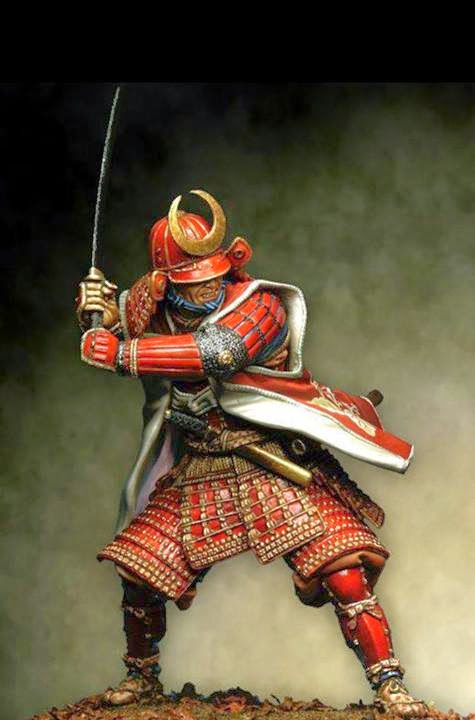Many different ways to skin a tree- A perspective on different styles of martial art.
Judo is not the only grappling art, neither is Taekwondo the only art that uses kicking.
It would also help to know that the developers of most of these arts we see today had something to work from.
Now kung fu fanatics would be quick to tell us that "all martial arts under the sun come from Shaolin", but that statement ignores the fact that the Thai and Indonesian people have been kicking and punching long before Shaolin even existed. So did a lot of people in Asia, actually...
Karateka would actually also have to admit that their styles are a lot younger than jujitsu and Chinese martial arts (in other words- kung fu).
This knowledge has been lying around in my mind gathering dust, but may be new and useful to some who are considering which martial art to take up. I'll give a list below of some of the most well known main styles and their most obvious attributes- along with the arts that had developed from them:
Japan
(Tradition: Bujutsu- meant for warfare and later on for peacekeeping.)
Main Styles:
Taiho jutsu a.k.a Jujutsu (Mainly Grappling, but also known to use striking)
-Sumo
-Judo
-Aikido
Weaponry (I can list a lot of weapons here, but let's stick to the katana)
- Kenjutsu (swordsmanship- meant for actual combat. Uses a bokken- wooden training sword that hurts like hell and that can even kill!)
- Developed from Kenjutsu. This is mainly for sport and exercise. Uses protective gear and shinai- a bamboo sword that is safer than the bokken, but you still don't want it to hit you...)
Karate (mainly intended for self defence)
- Karate is a bit tricky because of its different styles. Most karate styles like Goju, Shorin and Shito Ryu can be traced back to its Te- roots in the Ryukyu Islands and even further back from there to China. Styles like Shotokan and Wado Ryu actually contain techniques from Japanese Jujutsu as well as Okinawa-te. Then we have Kyokushinkai, which was developed much later with incorporation of Taekwondo techniques. Despite the Japanese terminology, one can therefore not really say that karate comes from Japan or that it belongs to the Japanese.China
Now once again- long before Shaolin the Chinese knew how to fight. I never cared to research those systems in detail though. What most people care about are these two.
Shaolin
(Based on Buddhist principles. By Buddhist- I mean mostly Cha'an or Zen Buddhism)
-18 Weapons (Mmmm... the name says it all)
- Shaolin Fist (This has many variations already. Employs kicking, punching, striking, grabbing and grappling.)
- Drunken Fist
- Wing Chun Quan
- Hung Gar
- many, many others...
Wudang
(Based on Taoist principles. Fighting techniques, though, are generally accepted to be derived from Shaolin techniques)
- Taijiquan (Any introduction needed?)
- Hsingyiquan (Mainly Chinese boxing, but also has some grappling and kicking)
-Baguazhang (Lot of circular movements and open hand techniques)
Korea
(Traditions- Taekyon and Hwarangdo. Purposes ranged from military training to fostering patriotism)
- Tang Soo Do (mainly sport, but an effective combat art. Uses punching, kicking and combat applications also employ open hand techniques and grappling. Developed from Chinese and Japanese systems.)
-Taekwondo (see the Olympic Games. Developed from Chinese and Japanese systems. )
-Hapkido (Korean Aikido)
-Kumdo (Korean Kendo)
I could also mention Thailand, but do not know much about them beyond Muay Thai.
Whichever art you may choose, I hope that this information helps you along your way to find a style that suits your personality. Any further questions can be directed to me at boshoffm3@gmail.com.





Comments
Post a Comment